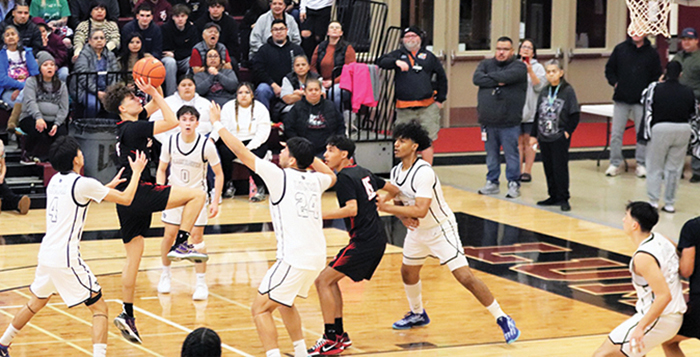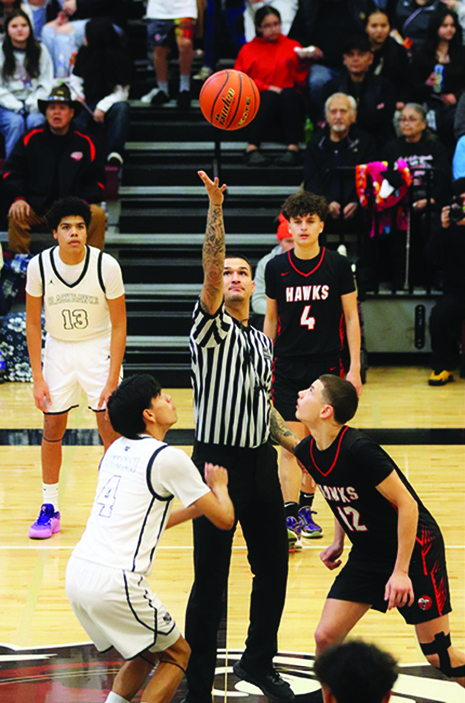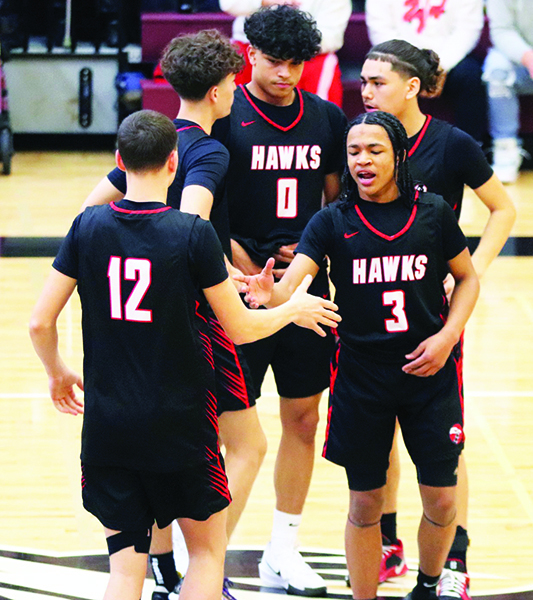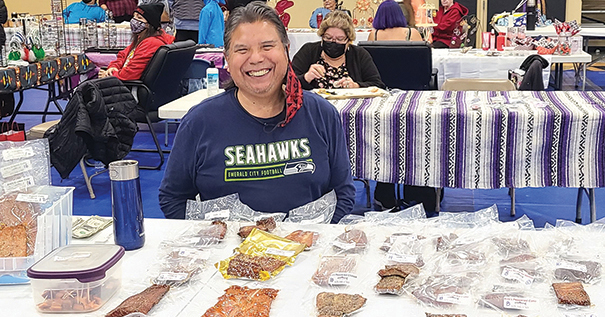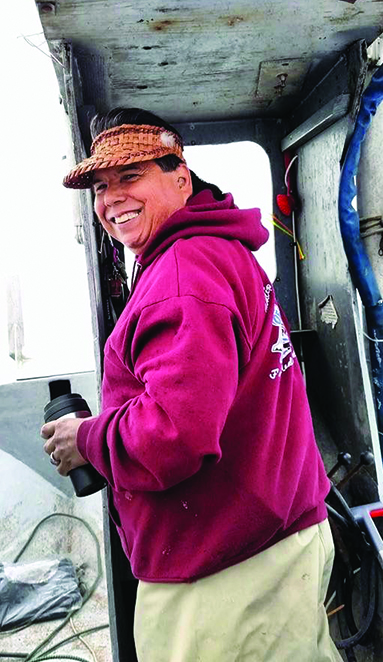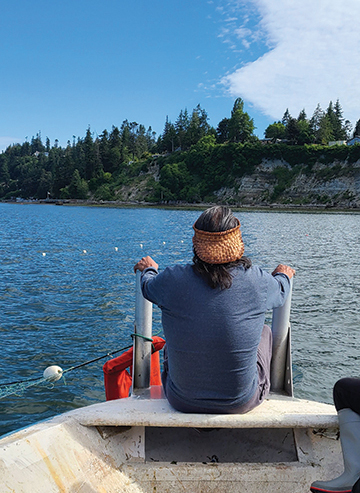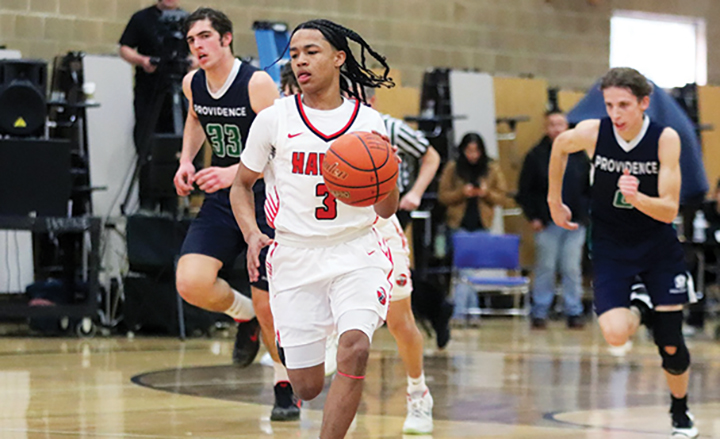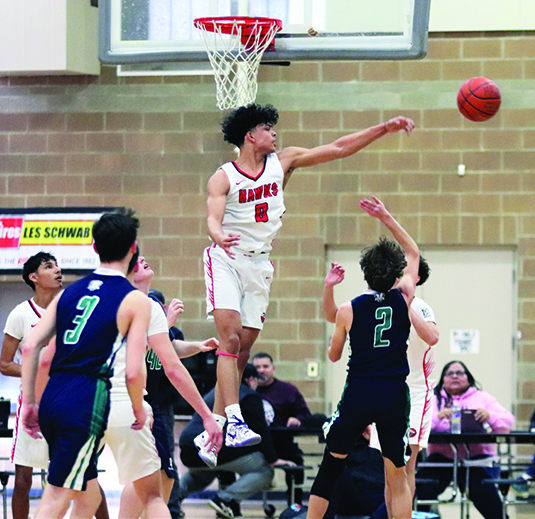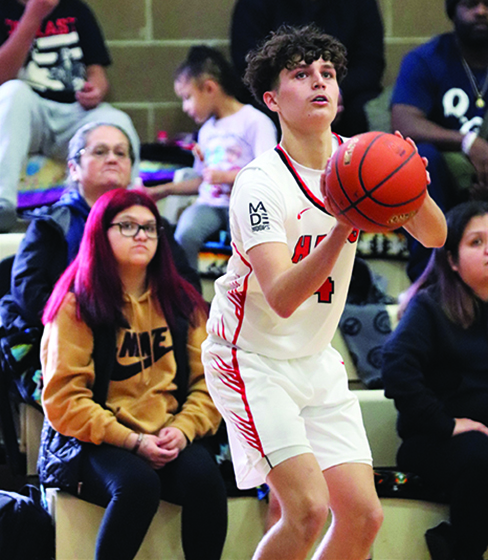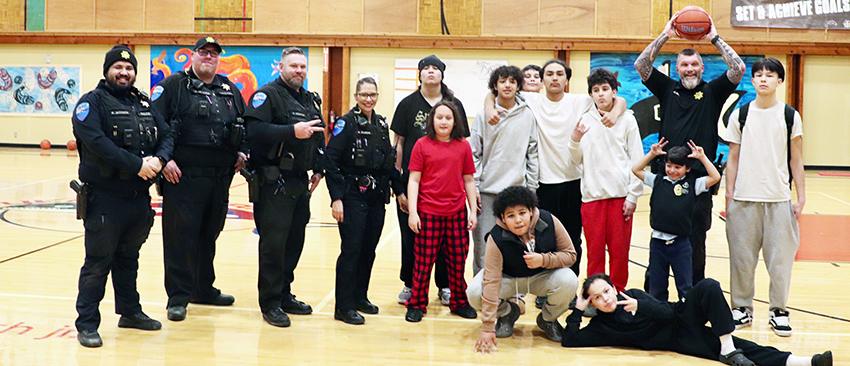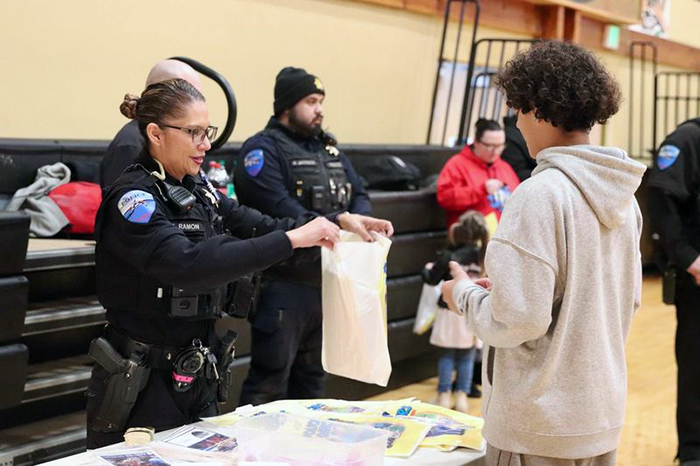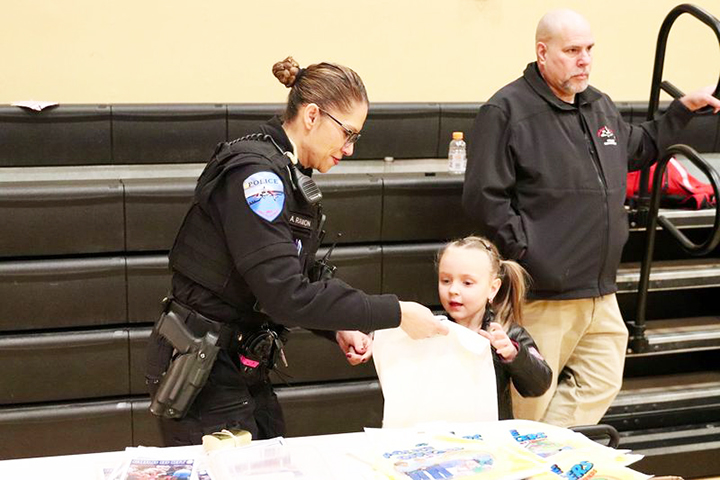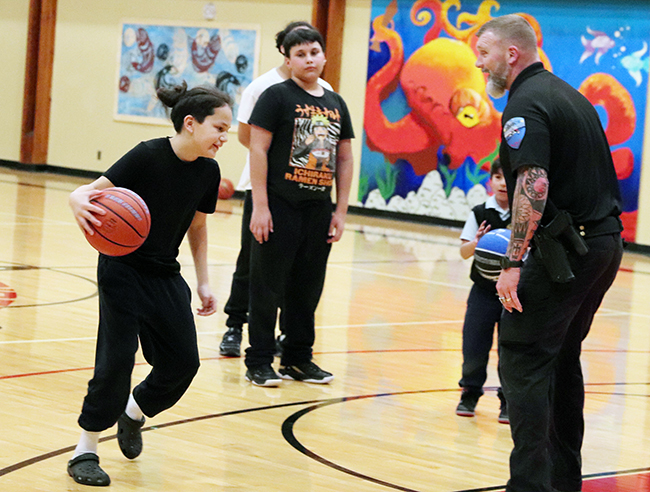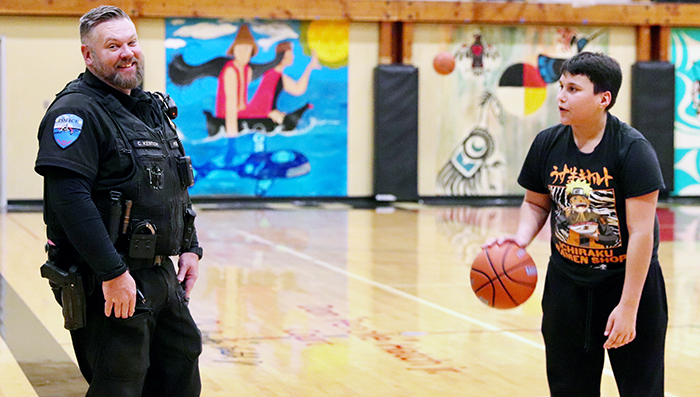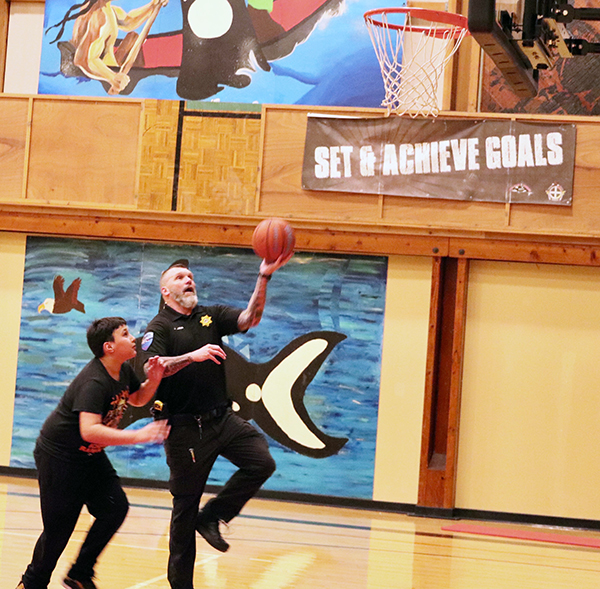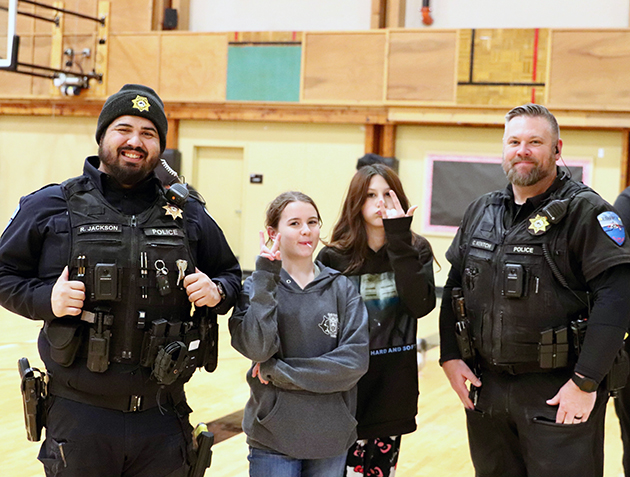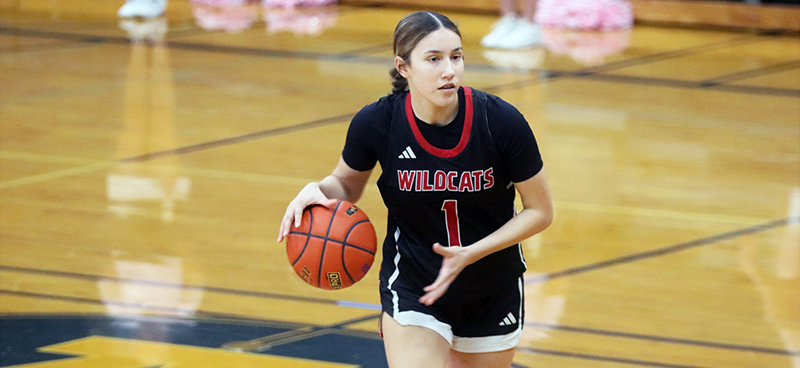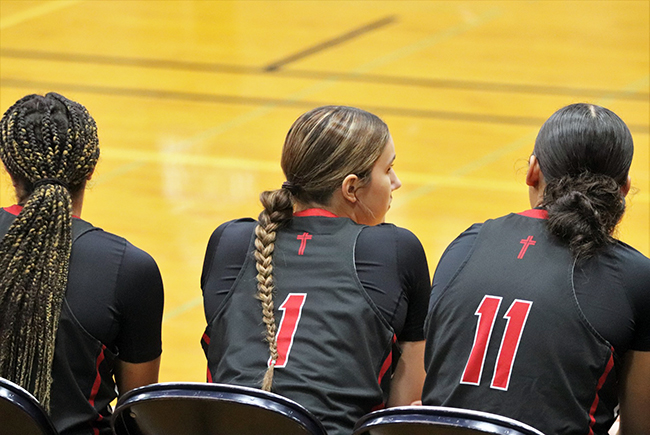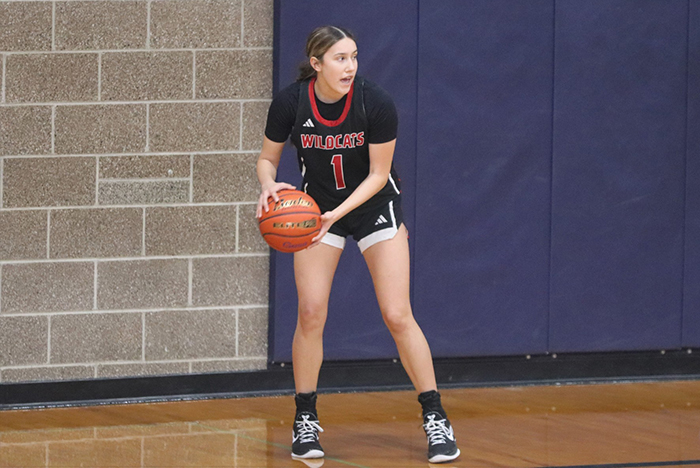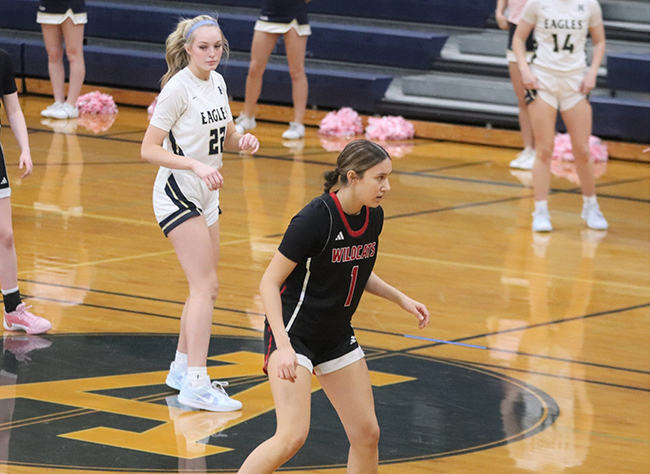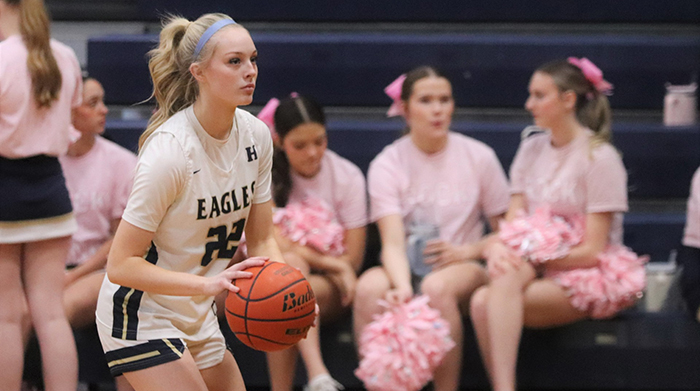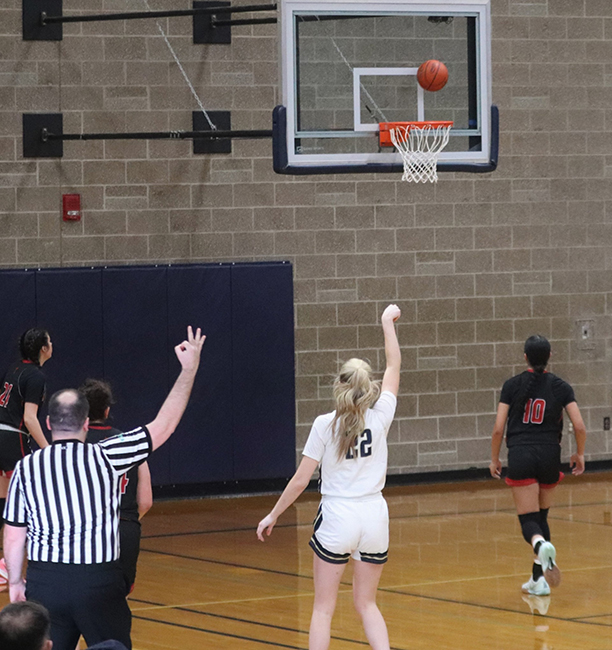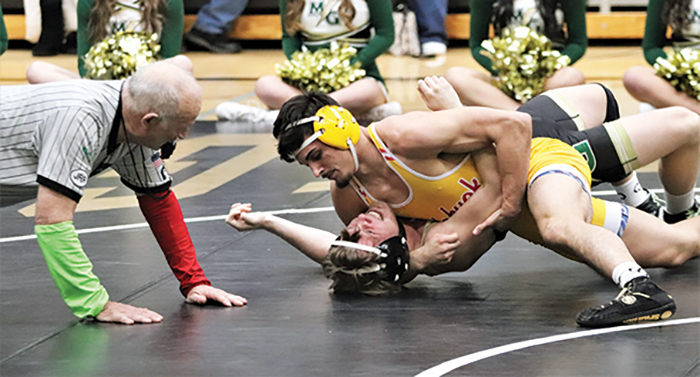
By Micheal Rios, Tulalip News
In the world of high school sports, true dominance is rare. Maintaining a season-long undefeated streak? Even rarer. But this ‘24-25 school year, the Marysville Pilchuck wrestling squad didn’t just aim for success, they aimed to rewrite the history books.
Culminating with a dominant 62-15 match victory over archrival Marysville Getchell, the Tomahawks did just that. They finished the regular season with an unblemished 17-0 record and, in doing so, cemented themselves in school history as the most formidable team to ever step onto the mat.
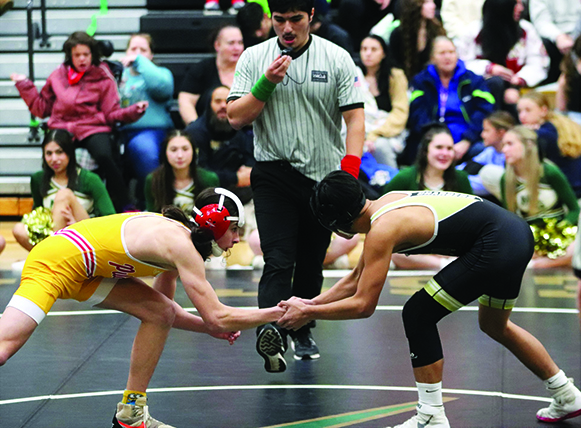
From the very first match versus Shorewood, when they dominated 67-12, it was clear that this team was something special. They opened the season with a statement victory, setting the tone for what would become a relentless march toward perfection. Match after match, they took down all opponents, including incredible shutouts over Archbishop Murphy, 84-0, and Kamik, 81-0. Over and over again, the M.P. boys outworked and outlasted every competitor who dared to stand in their way. With a combination of lightning-fast takedowns, relentless chain wrestling, and impeccable mat awareness, they dictated the pace in every dual meet.
Tomahawks head coach Marcus Haughian has been leading M.P.’s program for six years and knew early on that this squad had the makings of something historic. “A lot of these kids I’ve coached since they were wrestling in youth program. I knew we really had the makings of something great when many of them decided to come to M.P. and continue wrestling together,” he said in the immediate aftermath of the Berry Bowl victory. “It feels amazing. I’ve seen first-hand how much time, dedication, and hard work this team has put in day in and day out. They deserve all the accolades for coming together as a real team and accomplishing something historic.”
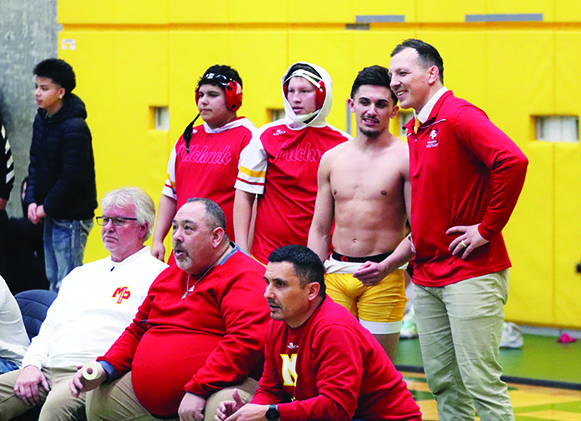
Among his coaching staff are two Tulalip tribal members, Tony Hatch and Sam Davis, who, as history would have it, coached Marcus when he was an M.P. wrestler years ago. Coach Marcus couldn’t praise their efforts and guidance enough as being instrumental to the program. “Tony meant so much to me when I was a high schooler. I still call him coach even though we are colleagues now. And having Sam as a lead youth wrestling coach be here and offer his insights from coaching several of our wrestlers since they were just little kids in invaluable. We have a bunch of tribal kids in this program. They are some of the toughest kids I know. Being able to further develop the connection between Tulalip and Marysville through our wrestling program is something we, as a coaching staff, are proud of.”
While wrestling is the ultimate individual sport, this Tomahawks team thrived on unity. Each wrestler contributed, but a few standouts rose to the occasion time and time again. Senior captain Danny Vergara dominated his 175-pound weight class with a series of flawless headlocks, fireman’s carries, and picture-perfect double-leg takedowns, securing crucial victories in high-pressure situations.

“For me, being a captain is all about showing everyone that’s younger how to practice the right way, how to work hard, and how to practice good sportsmanship regardless if you win or lose,” shared Danny. “This team know how to work hard. We sweat our butts off, literally, to maintain our wrestling weight and practice every day to make each other better. It’s all that hard work that drives us to be perfect.”
Meanwhile, 120-pound phenom Garrett Turner has stunned the competition with explosive ankle picks, powerful tilts, and relentless riding time, proving that the future is just as bright as the present. In fact, it’s widely assumed by his coaches that Garrett (33 wins) will break former M.P. icon Drew Hatch’s all-time wins record (42 wins) either this post season or early next year.
“The wins have been great, but for me the real highlights of this season have come in practice,” shared Garrett. “Our biggest and best competition is in this locker room because we know what’s on the line for us. Our practices have been full of blood, sweat and tears, and maybe a curb stomp or two, but that’s because iron sharpens iron and we’re always grinding to get better.”

One of the most thrilling moments of the season came when 106-pounder Javohn Henry executed a textbook cradle in the final seconds of a match that seemed up for grabs. The Tulalip senior secured a dramatic fall that sent the home crowd into a frenzy. Proving this team isn’t solely relying on talent, they have the grit to persevere and overcome as well.
“Most people have no idea how much discipline it takes for us to maintain our weight through an entire season. Every pound matters for us and you can miss weight just by weighing in a couple ounces heavy,” explained Javohn who in also known as the heart and soul of Tulalip Heritage’s defensive unit on the football field. He seamlessly transitioned from his bulkier safety/linebacker build to a lean, mean 106-pounder on the wrestling mat.
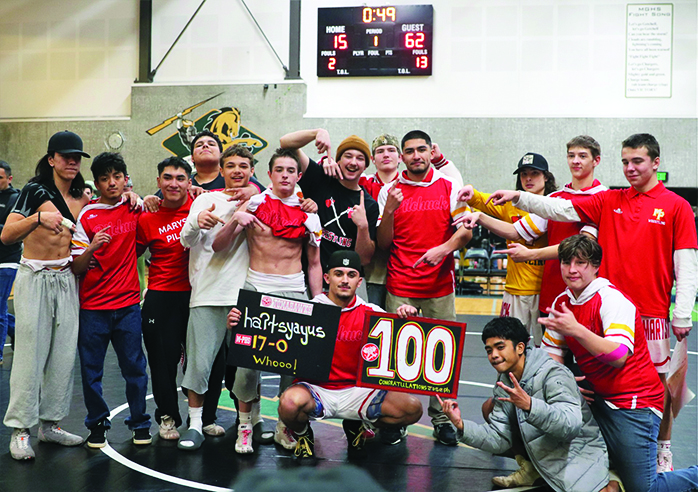
“Playing football for Tulalip and now wrestling for Marysville, it’s cool to see all the community and support who follow just sports in general. Of course, it helps when the teams are good, but I know for me I feed off that positive energy,” continued the dual sport 17-year-old. “I’m proud to be adding to this history of Tulalip tribal members who showcase their athletic talents as Tomahawks. We got a bunch of Tulalip representation on this team and now we’re a part of the greatest team in Marysville Pilchuck history. How great is that? It’s a legacy to proud of. That’s for sure.”
Seasons come and go, but undefeated records are forever. With the regular season over, the focus now shifts to the postseason where several Tomahawks intend to become State champs. Given what they’ve managed to accomplish to this point, there’s no telling just how much more history they are going to make.
